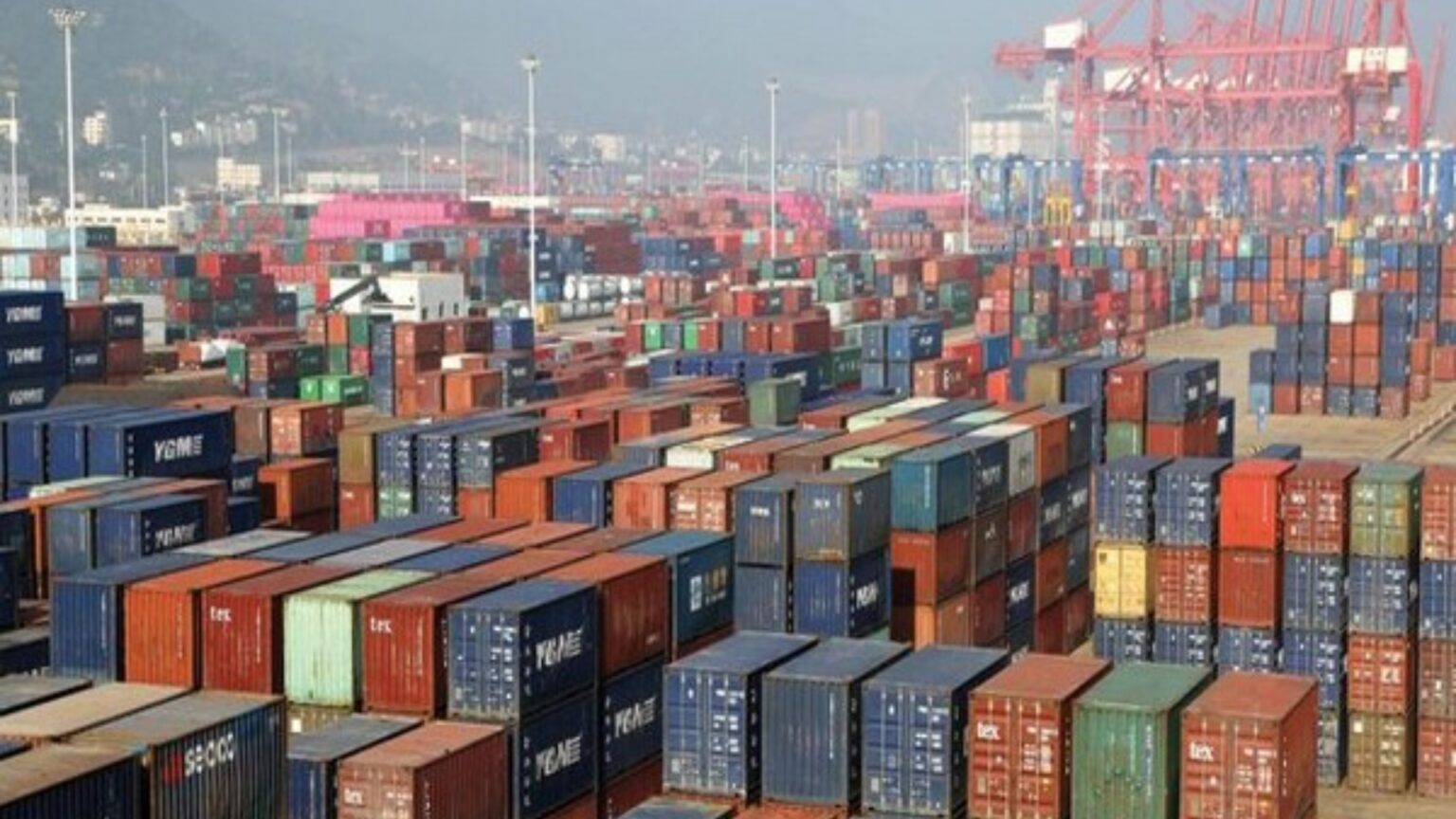Logistics Data Bank (LDB) has emerged as a pivotal initiative in India’s logistics landscape. By successfully tracking over 75 million EXIM containers, LDB has transformed how logistics operations are managed, providing enhanced visibility and analytics for stakeholders. This comprehensive system is instrumental in streamlining supply chains and facilitating efficient logistics across the country.
The Impact of Logistics Data Bank on India’s Supply Chain
The significance of the Logistics Data Bank extends beyond mere tracking. It plays a crucial role in improving India’s supply chain efficiency. By offering real-time data and analytics, LDB enables businesses to make informed decisions, optimize their operations, and reduce costs. Mr. Rajat Kumar Saini, CEO & MD of NICDC, highlighted that this achievement showcases the growing impact of digitalization in India’s logistics sector.
How Logistics Data Bank Enhances Visibility
The Logistics Data Bank operates as a single-window container logistics visualization system. It tracks containers across various points, including ports, Inland Container Depots (ICDs), Container Freight Stations (CFSs), and other key locations. This extensive tracking capability ensures that all stakeholders can monitor container movements, enhancing visibility throughout the logistics process.
Recognition and Acceptance of Logistics Data Bank
The Logistics Data Bank’s effectiveness is further emphasized by its acceptance within the trade community. With over 45 lakh unique container searches per month, it is clear that stakeholders find value in the tracking services offered. Furthermore, the World Bank’s Logistics Performance Index (LPI) reflects the positive impact of LDB, as India’s ranking improved significantly from 44 in 2018 to 38 in 2023. This advancement highlights the vital role that LDB has played in enhancing logistics efficiency.
Valuable Insights from the Logistics Data Bank
In addition to tracking containers, the Logistics Data Bank publishes analytics reports that provide essential insights into various logistics metrics. These reports cover key performance indicators such as dwell time, transit time, and the comparative performance of ports and terminals. By leveraging these insights, businesses can identify areas for improvement and enhance their overall logistics operations.
Conclusion: The Future of Logistics Data Bank
As the Logistics Data Bank continues to operate across 18 ports and numerous terminals throughout India, its contributions to the logistics sector are becoming increasingly evident. By harnessing advanced technology and providing valuable data, LDB is not only enhancing efficiency and transparency but also supporting India’s journey toward becoming a global manufacturing hub. The ongoing commitment of NICDC Logistics Data Services Ltd to improve the logistics ecosystem signifies a promising future for LDB and the broader logistics sector.







